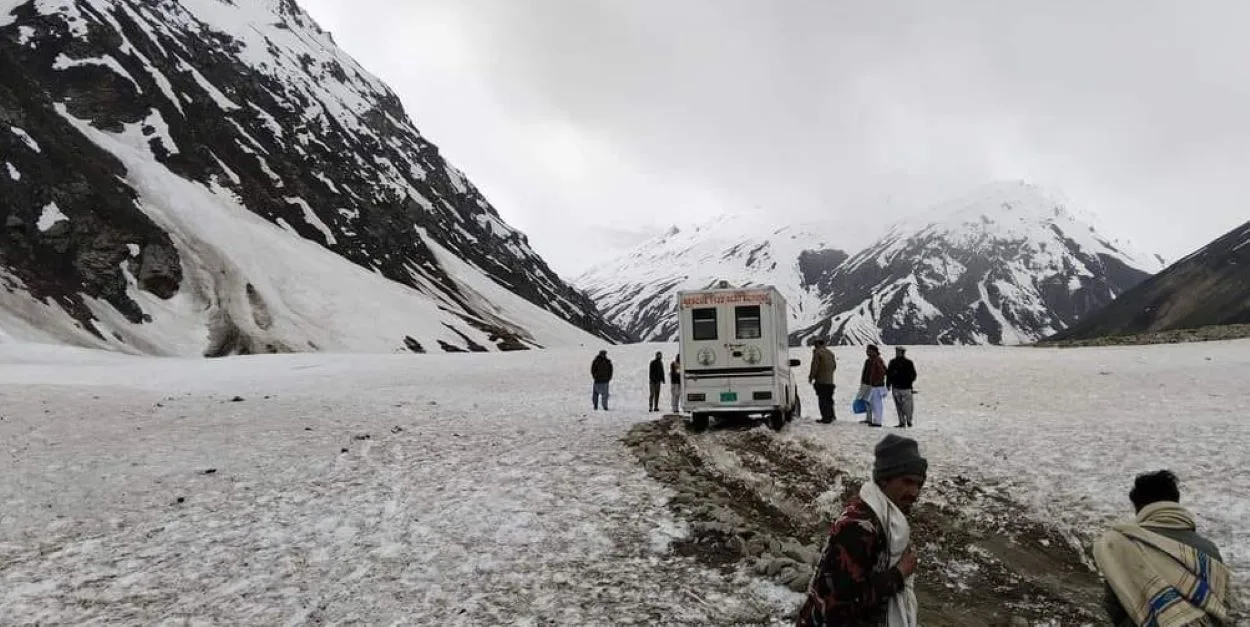On Saturday, a major avalanche struck the Astore district of Gilgit-Baltistan, a high-altitude region in northern Pakistan, resulting in the tragic death of at least 10 individuals and leaving 26 others severely injured.
Tufail Mir, the Deputy Inspector General of Police for the Diamer-Astore Division, verified the incident. He further informed that a control room has been established in the district in response to this disaster. This control room aims to streamline rescue operations, ensuring effective coordination among the various teams involved and expediting recovering individuals buried beneath the avalanche’s debris.
As per the latest reports, rescue teams have reached the affected site and are tirelessly working to save those trapped under the snow. In addition to local teams, support resources, including an Army helicopter, medical professionals, and several ambulance and rescue teams, have also been deployed to the area, all dedicated to rescuing and providing immediate medical aid to the survivors.
In response to this tragic incident, Khalid Khurshid Khan, the Chief Minister of Gilgit-Baltistan, expressed deep sorrow. Recognizing the situation’s urgency, he immediately directed local authorities to launch full-scale rescue operations without delay.
Gilgit-Baltistan recognized for its towering peaks and extensive glacier coverage, is known worldwide for its treacherous terrain. Five of the 14 peaks globally that exceed 8,000 meters in height are located in this region. Further, the area boasts more than 7,000 glaciers. This geographic composition, although breathtaking, renders the region susceptible to frequent natural disasters like avalanches, landslides, and glacial lake outbursts.
A precedent of such calamities exists. In 2012, the region faced a massive avalanche in the Gayari area, located approximately 300 kilometers northeast of the Skardu district of Gilgit-Baltistan. This devastating event resulted in the loss of 129 Pakistan Army soldiers and 11 civilians, leaving a deep scar on the nation’s memory.






